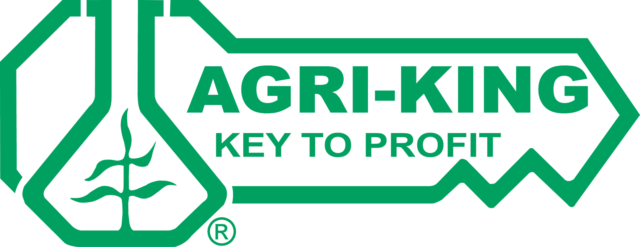There are many definitions of what quality silage is, and it can be a balancing act to figure out what is best for your operation and herd. For example, a shorter chop will result in a better kernel processing (KP) score, but most producers want longer fibers since that can reduce the need for dry hay (which is more expensive than corn silage), or they are trying to reduce the need to add straw.
“One size doesn’t fit all,” Meister says, referring to the many factors that decide what is quality silage and haylage.
Corn silage quality factors include KP score, mean particle length and distribution, bunk density, moisture and costs. Factors for quality haylage are the same, except sugar and protein content are a priority instead of the KP score. What is best for your operation?
Proper packing, consistency, proper rate of inoculant, cob destruction, effective fiber and keeping ash content low are all also very important.
Meister says, “You have to weigh the pros and cons of each goal in your harvest and decide what you can’t afford to go wrong. Crop that is too dry to ensile properly and too low in bunk density cannot be repaired. Low KP scores can’t be fixed in the bunk but can be mitigated at the cost of added corn to the ration.” He added, “Choices change as the price of alternatives change.”
Common challenges to making good silage include cost and availability of fiber, consistent length of cut and speed of harvest. It’s best to know as much information as possible while harvesting. “You can’t fix incorrect processing in February when you are feeding it,” Meister says.
Weather is also a factor; 2 inches of rain on silage in the bunk can result in a 3-pound decrease in milk production in the following days.
Of course, the overall goal for all producers is increased production and quality with lower costs. An operation harvesting with large equipment and a 15-ton truck can literally chop $1,000 worth of silage a minute, Meister says. Looking at harvest that way can make the investment for real-time moisture equipment worth the investment.
Having the right equipment can “instantaneously tell you if you should be chopping,” he says. “You are much better off knowing you are doing it right.”
The right monitoring equipment can help a producer change the length of cut on the go based on the moisture content. “You can know immediately if something has changed,” Meister says.
Meister recommends that producers calculate the cost of real-time moisture measurement against the money lost or gained from low- versus high-quality forage.
Dry matter can vary greatly within one field. Meister uses the example of a 38-acre field of corn varying in moisture from 59 to 75 percent.
Meister says whenever possible, mark on the silage bags – and even think about marking the floor and walls of your bunker to track what you know about the silage. For example, if you know a section of the bag was harvested with higher-than-recommended moisture and resulted in lower-quality feed, that silage could be fed to lower-production pens.
Machines equipped with yield monitoring have the capability to apply inoculant by the ton of dry matter. Applying by the ton means all the silage gets the right amount of inoculant all the time. That gives the inoculant the best chance to produce the highest return on investment.
Meister explains why higher KP scores are important: “They have a great potential for increasing production and reducing ration costs. It makes more starch available in the rumen and can allow for a reduction in the corn grain in the ration.”
There are several main factors affecting KP scores that producers should consistently monitor, he says. “Wear on the teeth of the rolls has a huge effect on KP scores, and they should be checked frequently. Manufacturers often have a gauge to measure wear.
Self-propelled forage harvester dealers are often the best source of knowledge on the wear characteristics. Replacing worn rolls in the middle of the season is the least convenient time and often the most expensive in terms of crop quality.”
Settings are also very important. “Operators need to ensure rolls are set evenly, and when using electronic adjustment, verify the KP gap is actually what is reading on the monitor. Starting at the smallest KP gap in the rolls is not always necessary and results in higher wear and power consumption,” Meister says.
A higher speed differential between the rolls can also have a large impact; differentials from 24 to 50 percent are available from most manufacturers. Meister says, “The differential in speed is actually what causes the corn kernels to be broken. Tooth size also has an effect; smaller teeth are needed for milo and whole-grain crops to get good results.
Some operators are mixing tooth size to increase the number of teeth passing each other on each revolution. Tooth size depends upon your objectives and crop.” He also says reversing tooth profile will increase aggressiveness of processing. ![]()
PHOTO: Using large equipment, an operation with a 15-ton truck can literally chop $1,000 worth of silage a minute. Photo courtesy of Tim Meister.
Kelli Boylen is a freelance writer in Waterville, Iowa.










